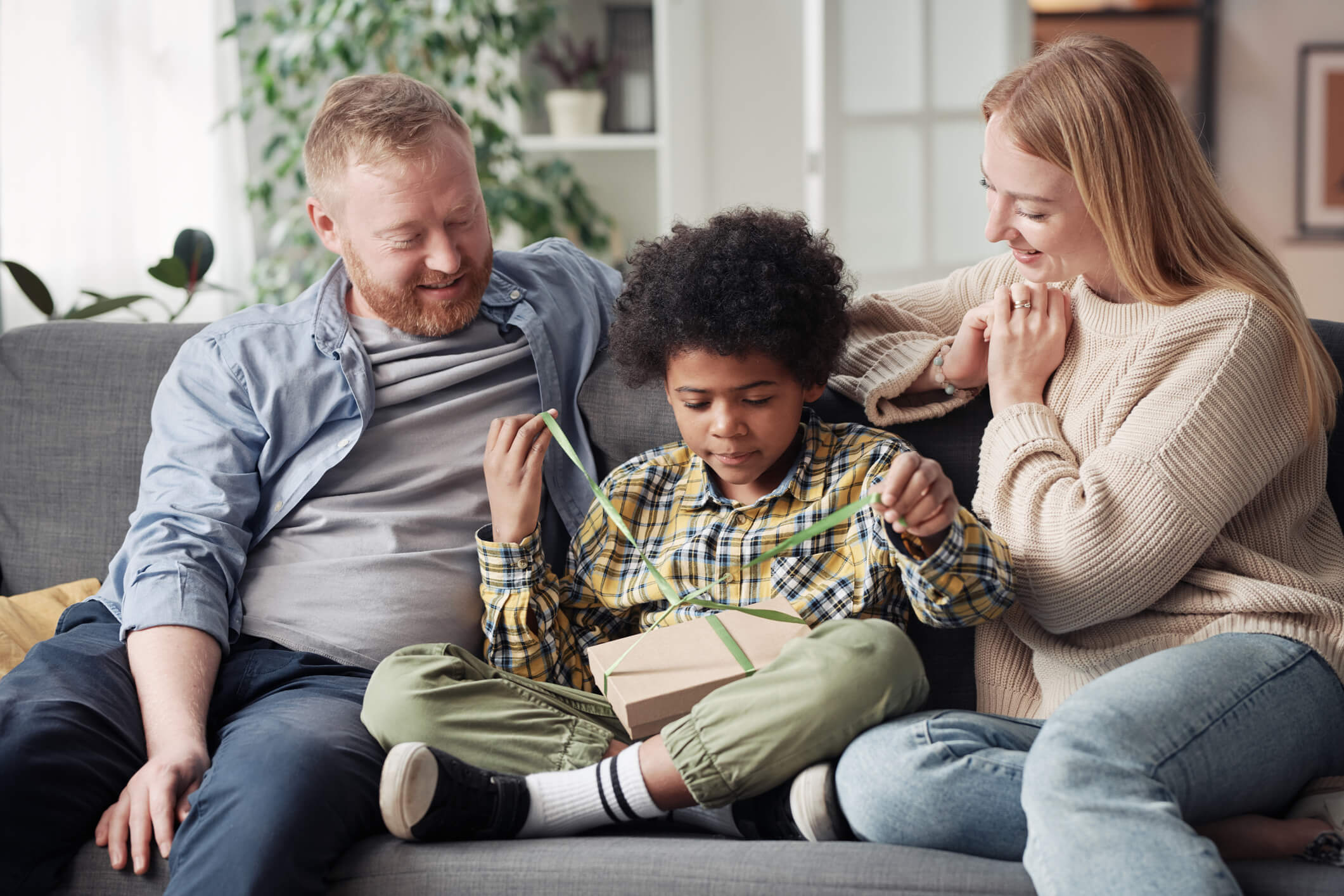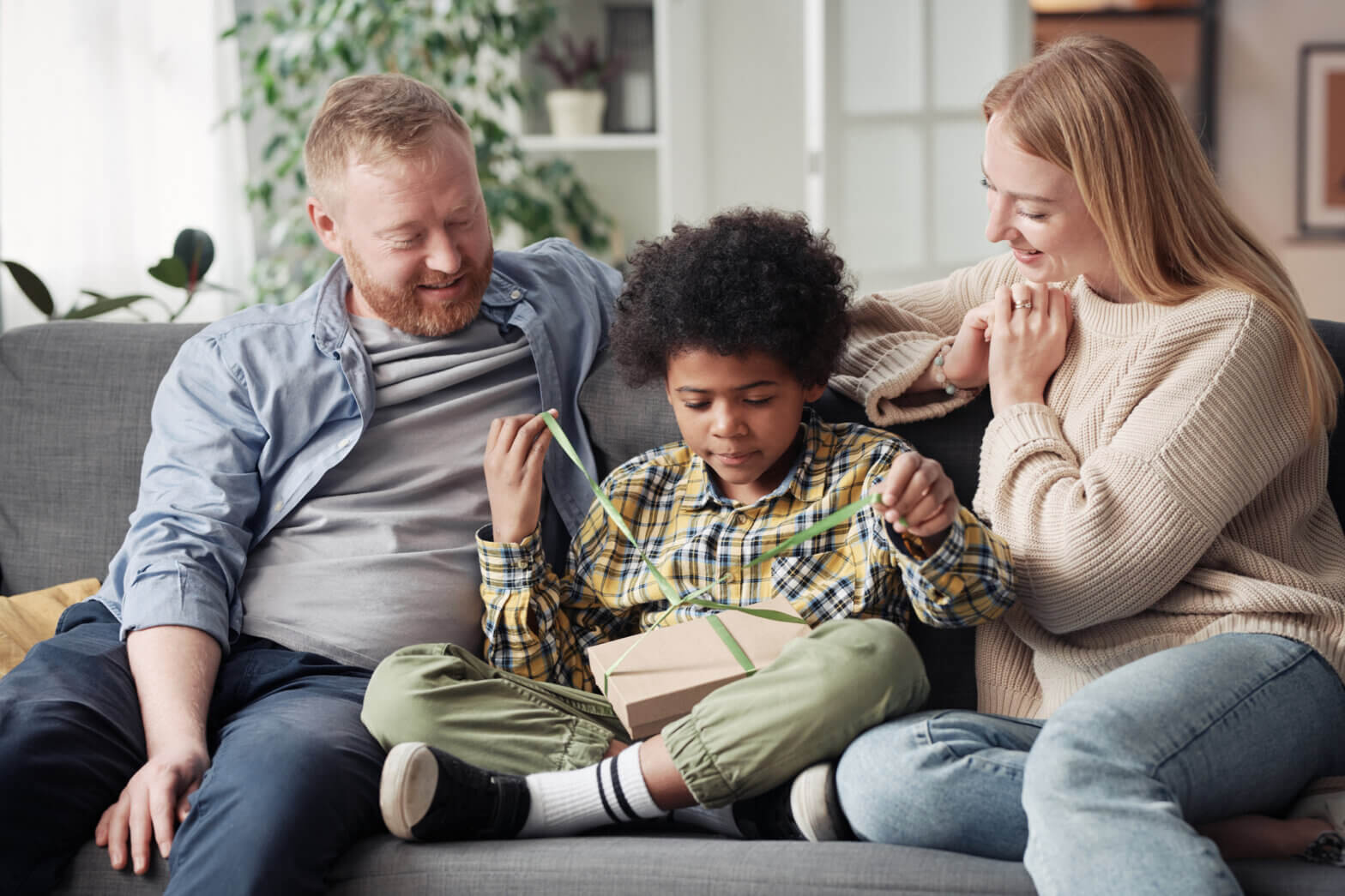
Open Adoption with Your Child
5 Open Adoption Facts You Need to Know
Understanding an Open Adoption Relationship
Open adoption has become the norm in most modern adoptions, but it’s still a new concept for some people. It offers birth parents, adoptive parents and the child a unique opportunity to establish and maintain a relationship.
Despite its growing popularity, there are some common misconceptions about open adoption. Learning about the ins and outs of this type of adoption relationship will help you understand the benefits of building a lifelong connection with your child and the family.
Contact an adoption agency now to get more free adoption information today.
5 Open Adoption Facts and Statistics You Need to Know
Understanding the facts about open adoption can help determine what type of adoption relationship you’re interested in. Open adoption has changed the lives of thousands of adoptive families and birth parents for the better. With our help, you’ll be on the right track toward the beginning of a beautiful, fulfilling relationship.
1. Open Adoption Lets You Maintain Varying Levels of Contact
An important open adoption fact is that almost 95% of domestic infant adoptions in the U.S. involve some level of openness. One of the benefits of this type of adoption is that you get to control how much contact you’re comfortable with. Some of the most common ways you can communicate with the adoptive family are through:
- Text
- Phone calls
- Video chat
- In-person visits
- Handwritten letters
- Or whatever you’re comfortable with
One of the key facts about open adoption is that there isn’t a set rule on how much interaction you should have. According to American Adoptions, a licensed national adoption agency, your birth parent specialist can mediate contact with the adoptive family until you’re ready to manage communication on your own.
2. You’re in Control of How Much Contact You Want
Throughout the adoption process, you are actively involved and in control of all decisions. During the adoption planning stage, you can set preferences on how much contact you’re comfortable with. The adoption plan is where you’ll choose an adoptive family that matches the type of adoption you’re looking for.
In general, there are three types of adoption relationships you can choose from:
- Open adoption: This type of adoption relationship involves sharing identifying information with the adoptive family and maintaining a relationship before, during and after the adoption. Some open adoptions include updates as your child ages and involve in-person visits.
- Semi-open adoption: The level of openness can vary depending on your preferences. You’ll set these preferences during the adoption planning stage. A semi-open adoption fact is that communication may continue after placement if both parties have agreed to do so.
- Closed adoption: If you’re looking at open vs. closed adoption facts, then closed adoption means that no identifying information is shared. There is no communication with the adoptive family whatsoever. This type of relationship is far less common than it used to be, but can still be an option if you wish to remain anonymous.
3. You’ll Be Able to Stay in Touch with Your Child
Some birth parents may have trouble separating from their child post-adoption. An open adoption fact you may not know is that you can stay connected to your child for years to come. Adoption doesn’t have to mean goodbye. Instead, it can be the beginning of a beautiful relationship where you’ll be there for your child’s greatest milestones.
Birth mother Nicole chose adoption after recognizing that her child deserved more than she could offer. Although it was a hard decision, open adoption helped her cope.
“The weeks that followed Eddy’s birth have been the hardest time of my life,” Nicole said. “But with every phone call, text message, e-mail and visit it gets a little easier. I am reassured that I made the right choice.”
4. Gives Your Child a Sense of Identity
Closed adoption was once the norm, and many adoptees struggled with their sense of identity. Today, many adoption professionals teach adoptive families the unique aspects of raising an adopted child. This includes normalizing their adoption story and discussing where they came from.
Open adoption facts and personal stories have shown that sharing a child’s adoption story will profoundly affect their well-being for the better.
5. You Can Build a Lifelong Connection
Another fact about open adoption is that it can encourage a positive relationship with the adoptive family and your child. This adoption relationship can allow for ongoing communication, mutual respect and a collaborative approach to parenting.
Open adoption creates a supportive, inclusive environment for your child as they grow up. You’ll be able to find peace of mind once you see your child thriving with two loving adoptive parents you’ve chosen for them.
Through this type of adoption, your child will always have people in their corner who love and support them unconditionally.
Ready to get started? Contact an adoption agency now to get free information.
